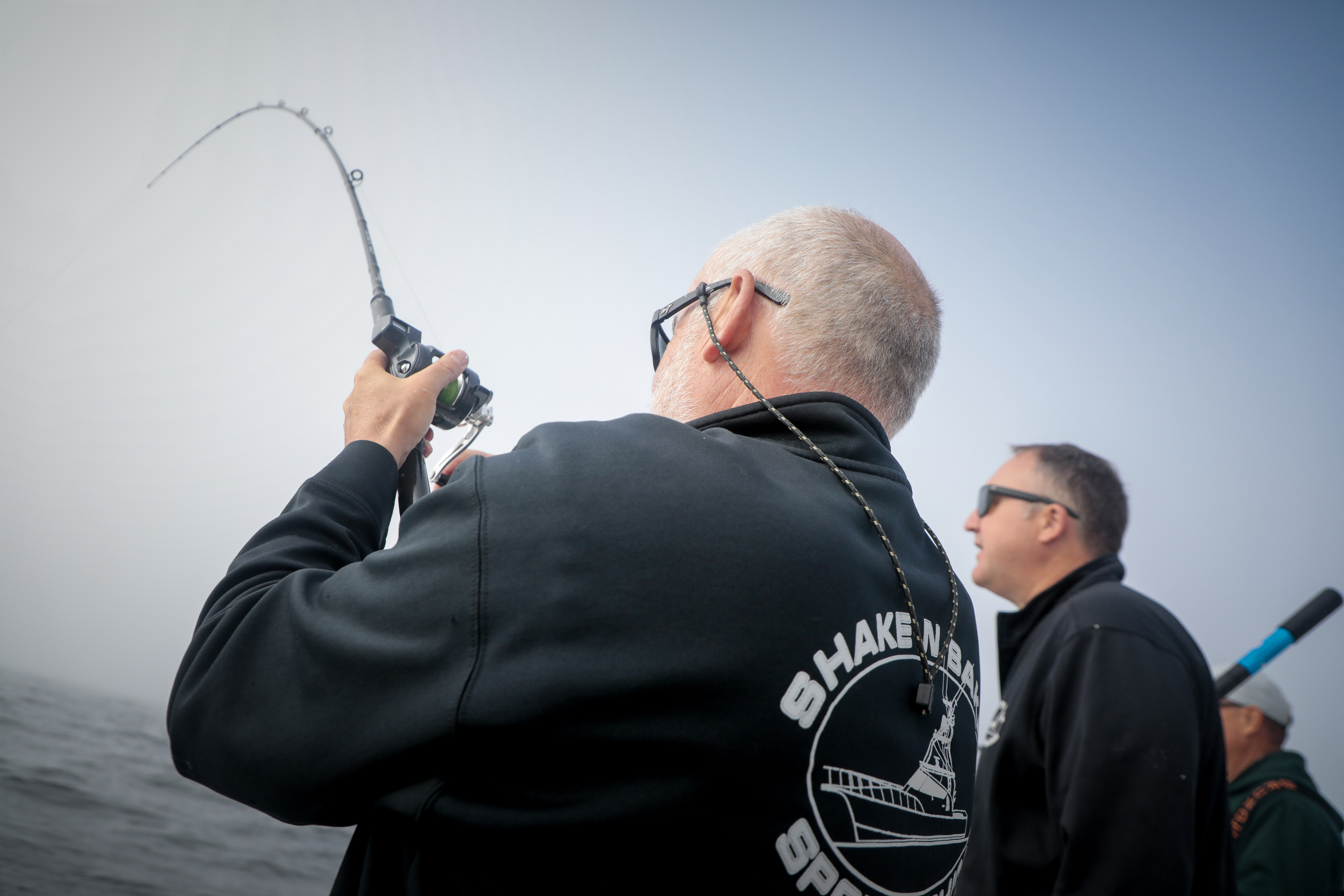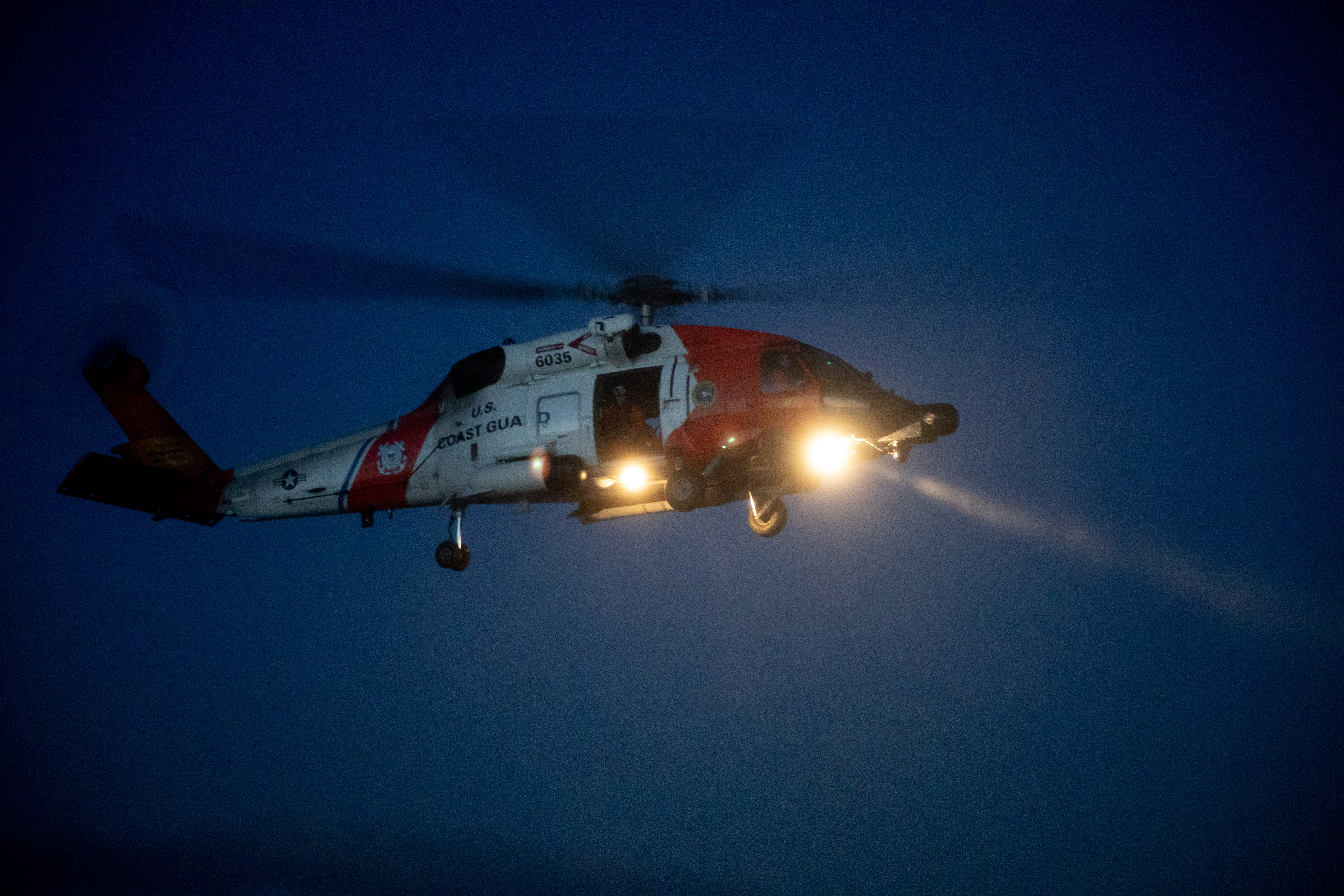Skamokawa: bustling “Little Venice” is now relaxing tourist stop
Published 4:00 pm Monday, November 15, 2010
SKAMOKAWA – Skamokawa was listed on the National Register as a National Historic District in 1976, as one of the few surviving examples of a small water-based community once common along the lower Columbia River. The village is spread out along a system of creeks and sloughs which drain three valleys and once formed the only transportation network.
Trending
Prior to 1917 there were no roads linking the surrounding communities. All transportation was by sternwheeler, sailing vessel or fishing boat. Skamokawa was sometimes referred to as “Little Venice.” Houses and other buildings were built facing the water, usually with a dock and boat, and were linked by boardwalks. People rowed to church, to mercantile establishments, or to visit friends or family in other parts of the community.
The earliest pioneers settled in the Skamokawa area in the 1860s, drawn from all over the world by abundant natural resources, such as timber and salmon, as well as by the opportunity to establish farms. Early settlers took out donation land claims, fished, and worked in logging camps. Schools were a top priority for them, even ahead of roads and churches as each valley had its own school beginning in the 1870s. The Bayview Cannery, established in 1873 about a mile downriver from the town, provided a market for commercially caught salmon from the Columbia River.
By the 1890s Skamokawa could boast of a draw-bridge linking the island church to the rest of the community. Skamokawa had several lumber and shake mills; a ship yard connected with the Columbia River Lumber and Manufacturing Company; a newspaper, the Skamokawa Eagle, now the Wahkiakum County Eagle; a hotel and numerous small businesses. In 1894 the community built the Central School, in what is now Redmen Hall and the River Life Interpretive Center. The Skamokawa Creamery was renowned for the quality of its butter and won many prizes at state and regional fairs.
Trending
The completion of Ocean Beach Highway in the 1930s changed community dynamics. Raw materials that had been processed locally, such as milk or logs, were transported to larger communities in order to achieve economies of scale. The automobile enabled local citizens to shop in other communities, leading to an erosion of community infrastructure.
Today, commercial fishing on the Columbia River and in Alaska, logging and small scale farming still provide the economic sustenance for the community, along with several tourist-oriented businesses such as bed-and-breakfasts and Skamokawa Vista Park. Kayakers and hobie cats now share the river with gillnetters and sport fishermen, and large ships make their way daily from the Columbia at Skamokawa’s doorstep to the world.









